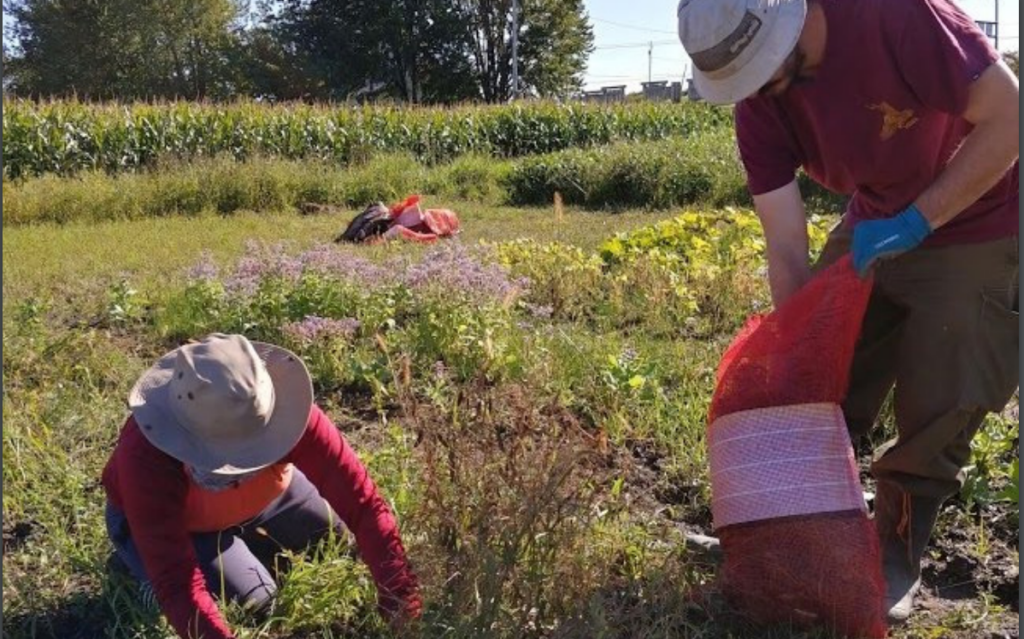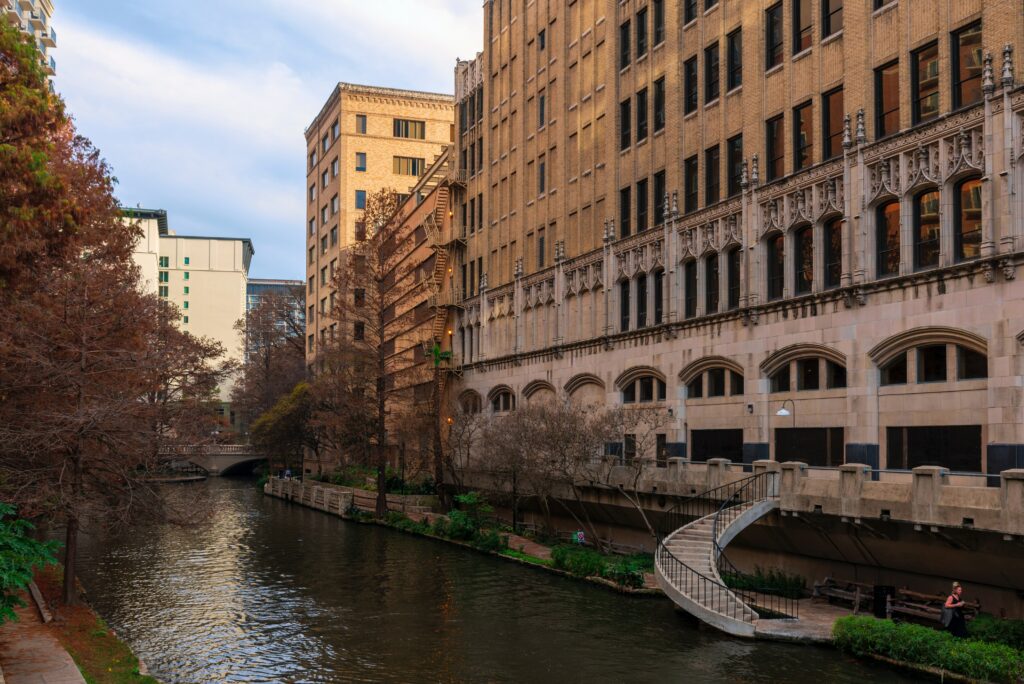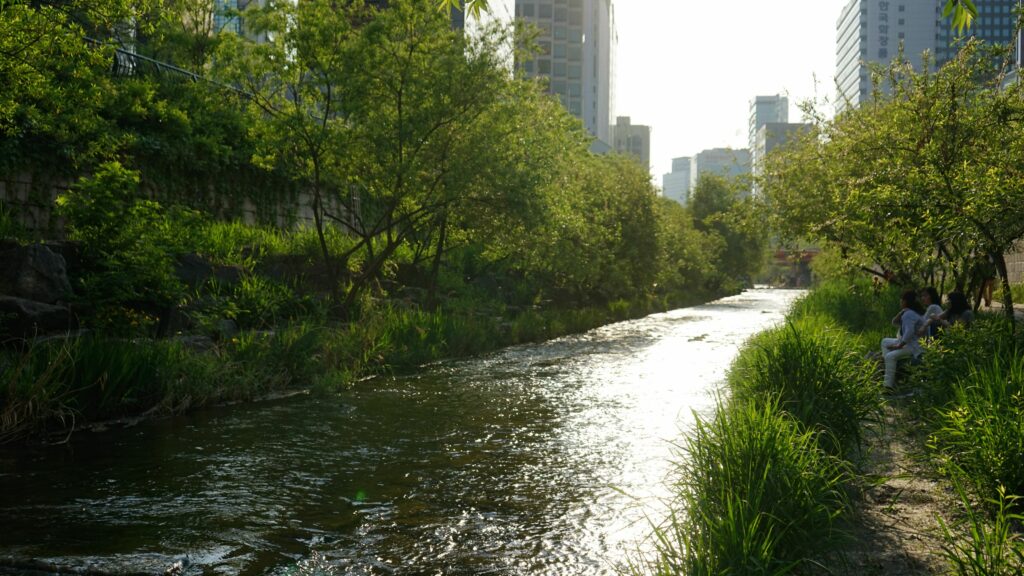The UN 2023 Water Conference – formally known as the 2023 Conference for the Midterm Comprehensive Review of Implementation of the UN Decade for Action on Water and Sanitation (2018-2028) – took place in New York, from 22-24 March 2023, and was co-hosted by Tajikistan and the Netherlands, with the UN Department for Economic and Social Affairs (UN DESA) as Secretariat. To catalyze action, the Conference sought voluntary commitments from Parties to the Water Action Agenda, to urgently scale up action to address the water and sanitation crisis and ensure equitable access to water and sanitation for all (Sustainable Development Goal 6).
“This is more than a conference on water. It is a conference on today’s world seen from the perspective of its most important resource.”
– UN Secretary-General Antonio Guterres
The Conference managed to generate more than 700 commitments aimed at driving transformation towards a water-secure world, which now form part of the Water Action Agenda, representing the global community’s resolve to address the water challenges through a more coordinated and results-driven approach.

CitiesWithNature and RegionsWithNature side-event
On 24 March, ICLEI through CitiesWithNature and RegionsWithNature, convened an online side-event as part of the conference titled, “CitiesWithNature and RegionsWithNature: Connecting Water and Nature to accelerate local and regional resilience”. The side-event took place in line with the UN Water 2030 Conference which was held in New York with the aim of accelerating action towards the achievement of SDG6.
The aim of this session was to: connect the agendas of water and nature for accelerated local and regional action, building momentum towards the achievement of SDG 6 & 11; provide a platform for cities and regions to connect and share best practices and lessons learnt on water and nature; and promote local and regional resilience actions from leading CitiesWithNature and RegionsWithNature representatives.
To this end, the session, moderated by Stefania Romano – Global Coordinator, CitiesWithNature and RegionsWithNature – showcased examples of the interconnections between biodiversity and water and of different biodiversity management issues and/or challenges which are relevant to the water agenda. These cases, summarized below, were presented by CitiesWithNature cities and RegionsWithNature regions and speakers from Regions4 and other subnational governments – as CitiesWithNature and RegionsWithNature are important platforms for showcasing best practices and case studies that can be scaled out to other cities and regions.

The sustainable management of the littoral zone of Lake Saint-Pierre in Quebec
Caroline Daguet
Conservation Biologist, Ministry of the Environment, Fight against Climate Change, Fauna and Parks
Government of Quebec
The littoral zone of Saint Pierre is located in the St Lawrence river in Quebec Province, in Canada. The site is a wetland of importance and both classified as a Ramsar site and UNESCO Biosphere Reserve. The fertile land has historically been used for corn, and more recently soybean, agriculture which has resulted in drainage of the river, habitat loss, shore erosion, siltation, pollutant leaching as well as invasive alien species taking over. Given the extent of the threat to some species, a moratorium was placed on sport and commercial fishing of the yellow perch (Perca flavescens) in 2012.
The sustainable management project of the Lake Saint-Pierre littoral zone is aimed at establishing sustainable agriculture to protect the lake’s ecosystem. The project has led to the development of a floodplain intervention strategy that fosters sustainable and adapted agricultural practices while maintaining the fragile ecosystem of the lake and supporting the restoration of priority sites.
The success of the project can be attributed to the inclusion and collaboration between academia and government ministries and a commitment to involving farmers from the beginning of the project. The project not only focused on crop, soil and water studies, but also included wildlife research and monitoring projects focusing particularly on fish, birds and insects. In addition, the project focused on the governance of the ecosystem – concluding that it is critical to involve regional and local government authorities and indigenous communities in the process.
This case study forms part of the Regions4 database and can be viewed on the RegionsWithNature platform. Quebec has been involved in the database since its launch in 2016 and has been contributing to knowledge-sharing and learning from other subnational governments. Quebec is also a founding member of RegionsWithNature, officially launched in Montréal in Québec at the CBD COP15 in 2022.

Co-management maritime board of the Litoral del Baix Empordà
Flora Aguilera
Communications, Ministry of Climate Action, Food and Rural Agenda
Government of Catalonia
The Litoral Baix Empordà is a special protected marine area and site of community importance located in Costa Brava, a coastal region of Catalonia in north-eastern Spain. To facilitate co-management of the Litoral del Baix Empordà, the Government of Catalonia formed a board to create a permanent space of participation where proposals can be debated and concretized to improve the management and organization of maritime uses and activities in the area.
The governance model is particularly focused on making these uses and activities more compatible with the area’s natural heritage. Specifically, through stakeholder engagement, the model aims to ensure the conservation and improvement of the natural, cultural and landscape heritage of the area to both safeguard its socioeconomic activity and protect its cultural heritage.
The success of this model has been its bottom-up approach with stakeholders, such as the scientific community, civil society, government administrations, and all critical stakeholders from the blue economy sector. This has created a safe and trustworthy environment that has enabled addressing common problems and discrepancies, ultimately benefiting the protected area. As a result, environmental management has shifted from maintenance and prevention to an Action Plan that is collaboratively designed. Best practices based on this co-management project is also available on the Regions4 database and the RegionsWithNature website.

Water in San Antonio, Texas
Julia Murphy
Deputy Chief Sustainability Officer
City of San Antonio Office of Sustainability
San Antonio is a CitiesWithNature pioneer city located in Texas state, USA. As a coastal state, Texas is surrounded by water, but its inland cities experience significant water shortages. Moreover, the Texas Water Board’s projections show that the state’s water supply will decline by 18% between 2020 and 2070. One of the main causes of this decline is the depletion of aquifers from pumping for industrial use, occurring alongside land-use change as a result of agriculture and ranching.
Another concern for water supply across the state is population increase, which is expected to rise to 73% between 2020 and 2070. This will be exacerbated under future climate change, as the state’s already hot climate becomes even hotter, and the City of San Antonio in particular will experience reduced rainfall, more frequent and longer droughts, and reduced water and food security.
Beyond needing drinking water and water for household use, this resource is also of economic importance, given that the San Antonio River is a tourist attraction, with 11.5 million people visiting the San Antonio River Walk annually, providing 31,000 local jobs. San Antonians understand the value of water and its conservation has become entrenched in the city’s culture. Conservation – water that is not used – has been considered a water supply source since 1993.
However, water conservation is contingent on access to open land and the space required for rainfall to replenish aquifers. Since nearly 95% of land in Texas is privately owned, the regional and city governments have had to work closely with landowners to protect their land for water conservation through the Texas Agricultural Land Trust.
For the past 20 years, San Antonians have been voting to tax themselves through sales tax initiatives to conserve open land on usually privately owned land over the main aquifer to protect the water source. Water conservation is further achieved through education, incentives, and reasonable regulation. Read more about the statewide investment into water conservation that will be voted on later in 2023, here.

Towards water resilience in the City of Johannesburg, South Africa
Ernita van Wyk
Senior Professional Officer: Social-ecological Systems
ICLEI Africa
Johannesburg is the biggest city in South Africa and also the economic hub of the country. As a result of the long-term decline of water sources in South Africa’s cities, and projected future climate change impacts, the City of Johannesburg has responded to its current water challenges by investing in two tools: The City of Johannesburg water security strategy (city-wide); and the City of Johannesburg pilot catchment management plan (smaller scale).
The COJ water security strategy
A water secure Johannesburg, as per the UN Water definition, would mean: The City of Johannesburg will have the capacity to safeguard sustainable access to adequate quantities of acceptable quality water for sustaining livelihoods, human well-being and socio-economic development and preserving ecosystems.
To achieve this, the City government co-produced a strategy with relevant stakeholders to secure water supply; manage water demand and losses; ensure access to safe, reliable and equitable water services; promote resilient, liveable and sustainable urban water environment; manage the water system’s knowledge and data; nurture a water conscious society; and achieve coordinated good water governance. A working group was created under each theme, which has culminated in 67 actions for the City to take. A key part of the strategy’s approach has been to identify how different municipalities and sectors work with the same water source, to ensure effective cross-sectoral collaboration based on an integrated approach to water management.
The COJ pilot catchment management plan (Jukskei River)
The aim of this plan was to develop a tool that promotes integrated catchment planning and management practices, linking various catchment aspects in an integrated manner, at the sub-catchment scale. This includes integrating land use, river health and stormwater management for Johannesburg’s Jukskei River catchment. The Jukskei River catchment experiences similar issues to other urban catchments, including: a demand for settlement that leads to encroachment into river courses; drought; increased flooding; pollution; aging infrastructure; degrading open spaces; poor amenity value; and downstream obligations, given that the Jukskei catchment is located relatively upstream.
The catchment management plan was based on the “water-sensitive city” paradigm, which states that municipal water services are provided against the backdrop of challenging environmental impacts. In response, the plan used a hydrological model to guide extensive stakeholder engagement. Through this process the City realized the significant opportunity for rainwater harvesting and the necessity to start making the catchment area more “spongy” through nature-based solutions – to improve the replenishment of aquifers but also to reduce flooding. Lessons learned and best practices can be found in this CitiesWithNature Catchment Management in Your City Guide, which was launched in this UN Water conference side-event.
The side-event concluded around the topic of advocacy for water – a universally understood rallying point for mobilizing actions, particularly when climate change is not accepted as a point of advocacy. The panel also emphasized the need for a stronger connection between water and ecosystems, and connecting that with human health.
UN Biodiversity COP15 and Water
Water conservation is included in the newly adopted Kunming-Montreal Global Biodiversity Framework (GBF), for example, Target 3 calls for the effective conservation and management of at least 30% of terrestrial and inland water, especially areas of particular importance for biodiversity and ecosystem functions and services, and Target 2 calls for the restoration of 30% of degraded terrestrial, inland water, and coastal to enhance biodiversity and ecosystem functions and services, ecological integrity and connectivity by 2030.
Additionally, Target 12, which is specifically aimed as cities, calls for significant increases in the area and quality and connectivity of, access to, and benefits from green and blue spaces (referring to water bodies such as wetlands, rivers, mangroves etc) in urban and densely populated areas sustainably, by mainstreaming the conservation and sustainable use of biodiversity, and ensure biodiversity-inclusive urban planning, enhancing native biodiversity, ecological connectivity and integrity, and improving human health and well-being and connection to nature and contributing to inclusive and sustainable urbanization and the provision of ecosystem functions and services.
Water targets on the CitiesWithNature Action Platform
The CitiesWithNature Action Platform provides a platform where cities can make their commitments for nature (as referenced in Plan of Action action area 7) and set local targets to contribute to the GBF targets within the framework of the National Biodiversity Strategy and Action Plan of their country (NBSAP). The Action Platform is aligned with the 2030 Kunming-Montreal Global Biodiversity Framework targets, and provide several options for taking action and making commitments at the local level that relate to water such as “Restore and/or rehabilitate terrestrial, freshwater and coastal ecosystems”; or “Reduce water pollution by biocides and excess nutrients from domestic and industrial sources to protect ecosystems and people’s health.”